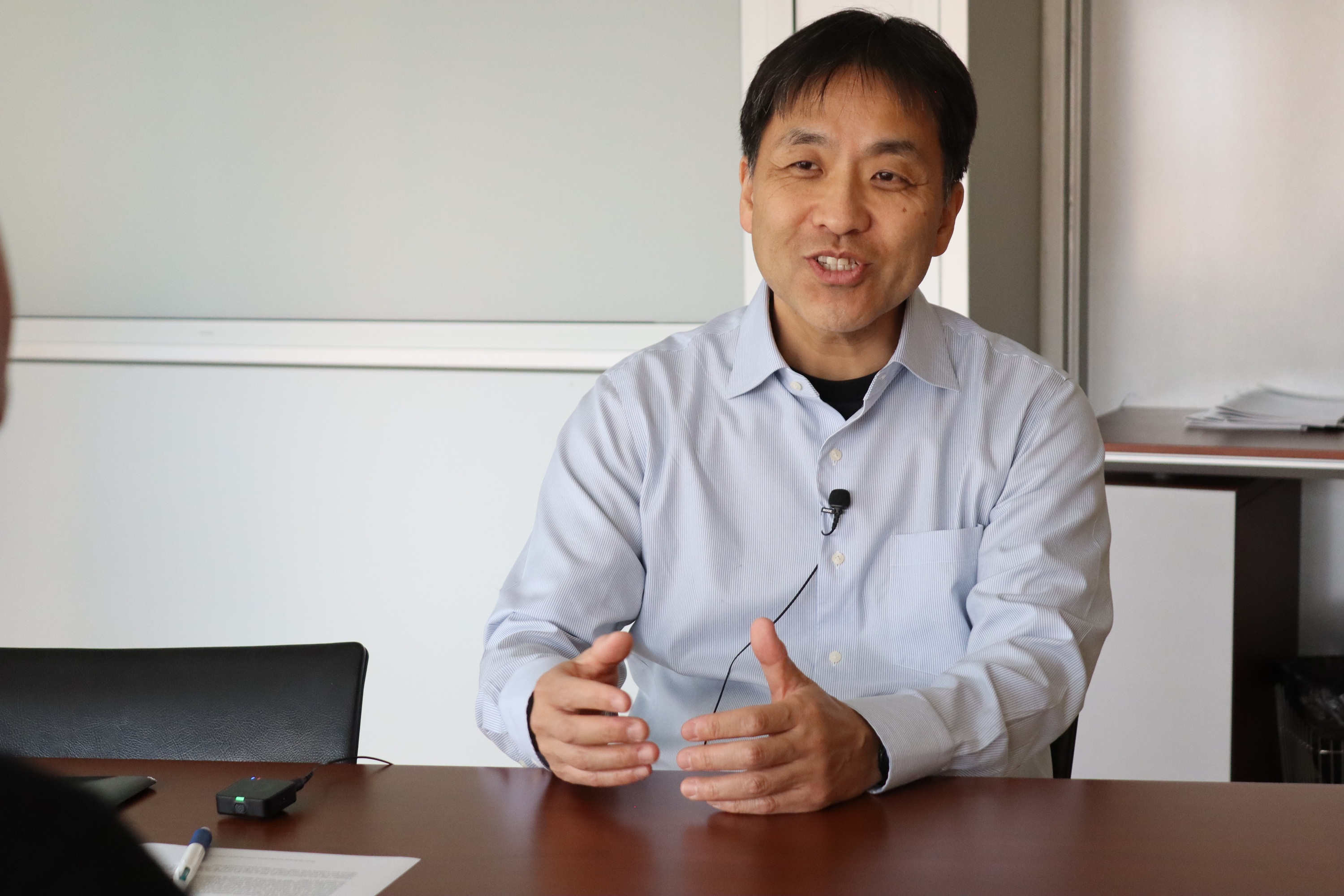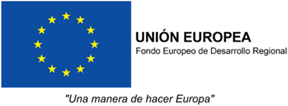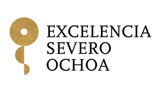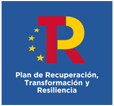Yasuki Fukita: "Lo que realmente quería hacer es la fusión de la física y la biología"
Prof. Yasuyuki Fujita, PhD, Escuela de Posgrado en Medicina de la Universidad de Kioto, Departamento de Oncología Molecular.
El Prof. Yasuyuki Fujita, PhD, de la Escuela de Posgrado en Medicina de la Universidad de Kioto, se especializa en cómo las células epiteliales normales eliminan las células cancerosas mediante competencia. Concibió por primera vez este modelo cuando era estudiante y más tarde se convirtió en el primero en demostrarlo en células epiteliales normales frente a cancerosas en Nature Cell Biology (Hogan et al., 2009). Pionero en este campo, ha publicado trabajos clave, incluidos una revisión en Cell Research (2012), un artículo de investigación en Nature Cell Biology (2017) y un Nature News and Views (2019). Nacido en Osaka, estudió medicina en la Universidad de Kioto y completó la mayor parte de su doctorado en la Universidad de Osaka, investigando la señalización intracelular bajo la dirección del Prof. Yoshimi Takai. Posteriormente, pasó cinco años en Berlín en el Max-Delbrück-Center for Molecular Medicine, donde descubrió Hakai, una proteína involucrada en la disrupción de la adhesión célula-célula (Neuron, 1998; Nature Cell Biology, 2002). De 2002 a 2011, dirigió un grupo en el Laboratorio de Biología Celular y Molecular del MRC en el University College London, centrado en la competencia celular epitelial. Desde entonces, ha continuado esta investigación en la Universidad de Hokkaido y, desde 2020, en la Universidad de Kioto.
- ¿Qué es exactamente la competición celular?
La competición celular es un proceso en el que células con diferentes propiedades compiten por la supervivencia o el espacio. A menudo, las células anómalas o aberrantes son identificadas y eliminadas por otras células, lo que ayuda a mantener la salud del tejido. Este proceso también juega un papel en las primeras etapas del cáncer. Cuando ocurren mutaciones oncogénicas en una sola célula, las células vecinas pueden reconocerla y eliminarla, funcionando como un mecanismo natural de prevención del cáncer.
Miguel Torres fue el primero en demostrar que la competencia celular ocurre durante el desarrollo embrionario en ratones, mostrando que las células anómalas son eliminadas para asegurar una correcta formación del organismo. Su estudio de 2013, publicado en Nature, tuvo un impacto significativo en el campo. Yo comencé a trabajar en competición celular en 2009 y, tras quedar impresionado por sus hallazgos, lo invité a Japón para dar una charla. Desde entonces, hemos mantenido una estrecha conexión, discutiendo los mecanismos de competición celular a pesar de nuestras diferentes áreas de investigación.
España es uno de los países más destacados en la investigación sobre competición celular. Ginés Morata, del Centro de Biología Molecular (CBM), descubrió la competición celular en Drosophila, lo que lo convierte en el "padre" de este campo. Japón también está avanzando rápidamente en esta área y, en la actualidad, ambos países están a la vanguardia de la investigación en competición celular. Invitamos frecuentemente a Ginés y Miguel a nuestras conferencias en Japón.
- ¿Cómo ayuda la competición celular a prevenir el cáncer en nuestro organismo?
Aunque aún no está completamente demostrado, nuestra investigación con modelos de ratón sugiere que cuando emergen células cancerosas, pueden ser eliminadas a través de la competición celular. Este fenómeno se observa en múltiples especies, incluidas Drosophila y los peces cebra, lo que indica que es un mecanismo biológico conservado.
También encontramos que varios factores ambientales, como la inflamación crónica y las dietas ricas en grasas, pueden debilitar la competición celular. Por ejemplo, en ratones obesos, la competición celular disminuye. Esto sugiere que las elecciones de estilo de vida pueden influir en la capacidad del cuerpo para eliminar células cancerosas en sus primeras etapas.
- ¿Significa esto que nuestra dieta y estilo de vida pueden influir en la capacidad de nuestras células sanas para combatir el cáncer?
Todavía no comprendemos completamente cómo las células reconocen a las anómalas, y esta es una de las principales cuestiones en el campo. Miguel y yo estamos investigando activamente los posibles factores que pueden potenciar o suprimir la competencia celular. Nos interesa particularmente cómo las condiciones ambientales influyen en este proceso.
- ¿Por qué algunas células cancerosas logran evadir el sistema inmunológico mientras otras no?
El sistema inmunológico suele actuar en etapas más avanzadas del desarrollo del cáncer. En las etapas muy tempranas, las células normales pueden actuar como la primera línea de defensa, eliminando las células anómalas antes de que el sistema inmunológico intervenga. Esto resalta la importancia potencial de la competición celular como un mecanismo de protección en la prevención temprana del cáncer.
- ¿Cómo de cerca estamos de utilizar estos hallazgos para desarrollar tratamientos contra el cáncer?
Si logramos comprender completamente los mecanismos detrás de la competición celular, podríamos aplicarlos en la prevención del cáncer. Nuestra investigación indica que una dieta baja en glucosa, lograda mediante ayuno intermitente o una dieta cetogénica, puede mejorar la competición celular en ratones y promover la eliminación de células cancerosas. Sin embargo, aún necesitamos estudios más detallados para determinar cómo esto puede aplicarse en la práctica.
Además, hemos identificado un fármaco que promueve la competición celular, lo que podría ser otra vía de tratamiento. Si bien la competición celular puede no ser aplicable a cánceres avanzados, podría ser útil para la prevención del cáncer en sus etapas iniciales.
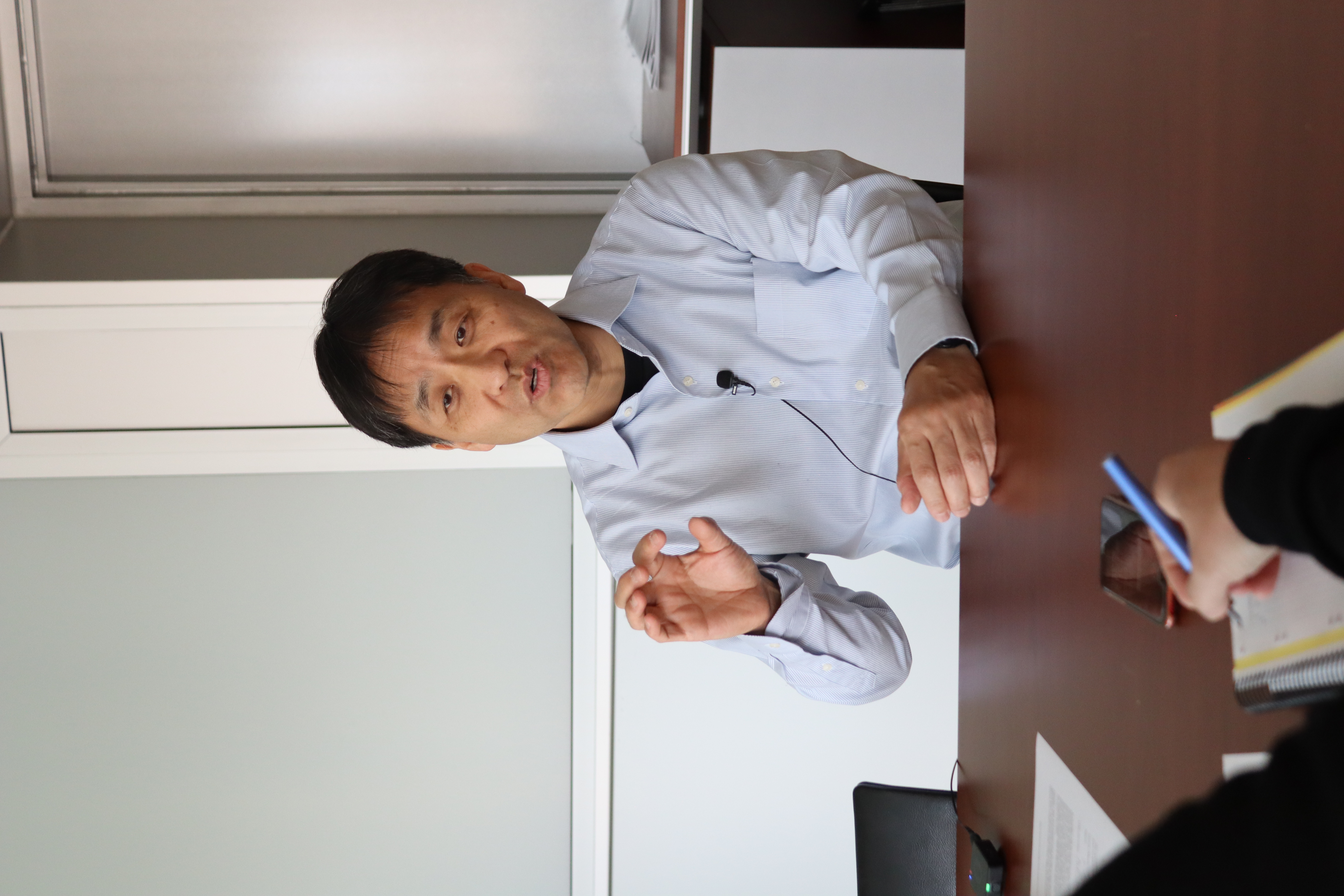
- ¿Podríamos entrenar células sanas, como el sistema inmunológico, para combatir mejor el cáncer en el futuro?
Ese es uno de nuestros principales objetivos. Dado que sabemos que una baja cantidad de glucosa favorece la competición celular, modificar las condiciones ambientales o el comportamiento celular podría fortalecer las defensas naturales del cuerpo contra el cáncer. No obstante, primero debemos esclarecer los mecanismos subyacentes antes de desarrollar un tratamiento viable.
- ¿Podrían los futuros tratamientos llevar a la creación de "súper células sanas" a través de la dieta, fármacos y ajustes en el estilo de vida?
Los avances en la secuenciación genética nos permiten identificar a individuos con mayor riesgo de ciertos cánceres, como el de páncreas o colon. En el futuro, podríamos diseñar intervenciones específicas para fortalecer las defensas de ciertos órganos contra el cáncer.
Sabemos que ciertas personas tienen una mayor predisposición a enfermedades como el cáncer de páncreas o colon. Con la acumulación de datos de secuenciación, es posible que, en el futuro, al analizar el ADN, podamos comprender mejor estas tendencias. Esto nos permitiría identificar a individuos con mayor riesgo de desarrollar ciertos cánceres y explorar formas de fortalecer los mecanismos de defensa de órganos específicos para reducir ese riesgo. Sin embargo, aún estamos en las primeras etapas de comprender cómo utilizar plenamente esta información.
- ¿La inmunoterapia, que se está convirtiendo en un tratamiento estándar para muchos cánceres, podría combinarse con la competencia celular para encontrar una cura?
No estoy completamente seguro de si la competencia celular puede aplicarse a células altamente malignas. Hasta ahora, hemos demostrado que la competición celular parece ocurrir en las etapas iniciales del cáncer. Por lo tanto, aunque no sé si esta investigación puede llevar directamente a tratamientos contra el cáncer, sí puede proporcionar información valiosa para estrategias de prevención.
Actualmente, no existen medicamentos que realmente prevengan el cáncer. El ejemplo más cercano son los antiinflamatorios, como la aspirina, que han demostrado reducir el riesgo de cáncer de colon, pero poco más. La prevención del cáncer podría convertirse en un foco importante en el futuro, y la competición celular podría desempeñar un papel clave en estos enfoques preventivos, que es mi objetivo principal.
- ¿Siempre quiso dedicarse a la ciencia básica?
Mi formación es en medicina, por lo que siempre me ha interesado aplicar la investigación a problemas del mundo real. Además de la competición celular, trabajo en diagnósticos del cáncer, con el objetivo de combinar prevención y detección temprana.
- ¿Cómo influye la filosofía del samurái Ryoma Sakamoto en su enfoque hacia la investigación?
Ryoma Sakamoto luchó contra el rígido sistema jerárquico del Japón del periodo Edo y promovió reformas para modernizar el país. Su filosofía se basaba en tener un gran sueño y una meta clara en la vida. Este pensamiento resuena conmigo, ya que siempre he aspirado a hacer algo revolucionario en la ciencia.
- Si tuviera tiempo y recursos ilimitados, ¿qué estudiaría?
Lo que realmente me gustaría hacer, pero aún no he logrado, es la fusión de la física y la biología. La combinación de química y biología ya ha sido ampliamente explorada, al igual que la fusión de física y química. Sin embargo, la intersección entre la física y la biología sigue siendo un área poco estudiada.
La física ofrece numerosos conceptos como campos eléctricos y magnéticos, y muy pocos han investigado cómo estos interactúan con la biología. Existen también otras áreas, como las ondas, que podrían formar un nuevo campo de investigación. Si tuviera más tiempo, exploraría este ámbito con mayor profundidad.
- ¿Cuál es su opinión sobre el CNIC?
El CNIC se enfoca principalmente en enfermedades cardiovasculares, mientras que mi principal área de investigación es el cáncer. Sin embargo, hay puntos en común. Miguel Torres estudia la competición celular y yo investigo la competición celular, lo que nos une en el interés por comprender estos procesos biológicos básicos.
after being impressed by his findings, I invited him to Japan for a talk. Since then, we have maintained a strong connection, discussing cell competition mechanisms despite our different research focuses.
Spain is a strong hub for cell competition research—Ginés Morata, based at a cancer center, first discovered cell competition in Drosophila, making him the "father" of the field. Japan is also advancing rapidly in this area, and today, both countries are at the forefront of cell competition research. We frequently invite Ginés and Miguel to our conferences in Japan, including a major international meeting last summer.
- How does cell competition help prevent cancer in our bodies?
Although not yet fully demonstrated, our research using mouse models suggests that when cancerous cells emerge, they can be eliminated through cell competition. This phenomenon is observed across multiple species, including Drosophila and zebrafish, indicating it is a conserved biological mechanism.
We also found that various environmental factors, such as chronic inflammation and high-fat diets, can weaken cell competition. For example, in obese mice, cell competition decreases. This suggests that lifestyle choices may influence our body's ability to eliminate early-stage cancer cells.
- Does this mean our diet and lifestyle can influence how well our healthy cells fight against cancer?
While we do not yet fully understand how cells recognize abnormal ones, this is a major question in the field. Miguel and I are actively investigating potential triggers that enhance or suppress cell competition. We are particularly interested in how environmental conditions influence this process.
- Why do some cancer cells evade the immune system while others do not?
The immune system typically responds at later stages of cancer development. In the very early stages, normal cells may act as the first line of defense, eliminating abnormal cells before the immune system is involved. This highlights the potential importance of cell competition as a protective mechanism in early cancer prevention.
- How close are we to using your findings to develop cancer treatments?
If we can fully understand the mechanisms behind cell competition, it could be applied to cancer prevention. Our research indicates that a low-glucose diet—achieved through intermittent fasting or a ketogenic diet—can enhance cell competition in mice and promote the elimination of cancer cells. However, we still need more detailed studies to determine how this can be translated into practical applications.
Additionally, we have identified a drug that promotes cell competition, which could be another potential avenue for treatment. While cell competition may not be applicable to advanced malignancies, it could be valuable for early-stage cancer prevention.
- Could we one day train healthy cells, like the immune system, to better fight cancer?
That is one of our key goals. Since we know that low glucose promotes cell competition, modifying environmental conditions or cell behavior could enhance our body's natural defenses against cancer. However, we must first clarify the underlying mechanisms before developing a viable treatment.
- Could future treatments involve creating "super healthy cells" through diet, drugs, and lifestyle adjustments?
Advances in genetic sequencing allow us to identify individuals at higher risk for certain cancers, such as pancreatic or colon cancer. In the future, we might tailor interventions to strengthen specific organs' defenses against cancer. We know that certain individuals may have a higher predisposition to diseases like pancreatic or colon cancer. With the increasing accumulation of sequencing data, it’s possible that in the future, by analyzing DNA, we could gain a deeper understanding of these tendencies. This could guide us in identifying individuals at higher risk for certain cancers, such as pancreatic cancer. In turn, we could explore ways to boost the pancreas’ defense mechanisms to reduce the risk. This kind of tailored approach might become possible as sequencing data continues to advance. However, we are still in the early stages of understanding how to fully utilize this information. One thing we’ve found is that cell competition, which can influence cancer development, behaves differently across tissues. For example, when we compare the lung, intestine, and pancreas, we observe that cell competition is very active in the intestine. But in the lung, cell competition may be less pronounced, and sometimes cells can escape from this competition, potentially leading to tumorigenesis. However, we still don’t fully understand why cell competition occurs differently in various tissues. Understanding why competition differs between tissues is an important area of research.
- Immunotherapy is becoming a standard treatment for many cancers. Could it be combined with cell competition research to find a cure?
I’m not entirely sure whether cell competition can be applied to highly malignant cells. What we have shown so far is that cell competition seems to occur at earlier stages of cancer. So, while I'm uncertain if cell competition research could directly lead to cancer treatments, it may offer insights into prevention strategies.
Currently, there are no drugs proven to truly prevent cancer. The closest example is anti-inflammatory drugs, like aspirin, which have been shown to reduce the risk of colon cancer, but that’s about it. So, cancer prevention could be a major focus in the future. Cell competition, in particular, could play a role in such preventive approaches, and that is my ultimate goal.
The biggest challenge is proving that a drug can effectively prevent cancer. Typically, this requires studying large populations—millions of people with and without the drug—to observe long-term outcomes. However, many researchers worldwide are working on developing diagnostics for precancerous conditions. Once these diagnostic tools are available, the effects of cancer-preventive drugs can be scientifically assessed. By monitoring the progression of pre-cancerous cells—whether they evolve into malignant ones or disappear—prevention strategies can be better understood. If such diagnostic methods are developed, we could see significant progress in preventive medicine.
- Did you always want to study basic science?
My background is in medicine, so I have always been interested in applying research to real-world problems. In addition to cell competition, I work on cancer diagnostics, aiming to combine prevention and early detection.
- You trained in Japan and later moved to Europe for your postdoctoral work. What differences did you notice in research culture?
I did my postdoc in Berlin for six years, then became a principal investigator (PI) in the UK for eight and a half years before returning to Japan as a professor.
Cultural differences are significant. In Japan, we are trained to prioritize societal needs and adapt to collective expectations. In Europe, individuals tend to be more self-oriented. This philosophical difference influences research dynamics—for example, junior scientists in Japan often defer to senior colleagues, while European labs tend to be more egalitarian.
In a way, we are eager to keep things clean, like picking up dust from the street. Traditionally, we’ve been educated to think this way—though it may be changing now. In the laboratory, this translates to younger or junior people often taking the lead from senior colleagues.
- How do you manage a diverse team in your lab?
My lab has 23 members, with about 40% coming from countries like Egypt, Korea, China, and Taiwan. Having led a lab in London with mostly non-Japanese researchers, I have learned to respect different cultural perspectives. I have to mention that when I was a PI in London, most of my lab members were not Japanese. At that time, I struggled quite a bit. However, what’s really important is respecting each lab member's philosophy and culture. For example, I had a Spanish postdoc whose approach to work was quite different from mine. I’m the type of person who’s very hardworking and focused on work, as you might expect from a Japanese perspective. But she values work-life balance and enjoys life outside the lab. Sometimes I felt frustrated, especially when we were about to submit a paper, as I wanted her to be more involved in the process. But for her, maintaining a balance between work and personal life was especially important. Over time, I came to understand her perspective more, and I realized that I couldn’t impose my way of doing things on her. She has her own lifestyle. Once I accepted that, it became easier for me, and I wasn’t frustrated anymore.
Japanese researchers often work long hours—I stay until 10 p.m., and some students work past midnight. However, I do not enforce this; it is simply a cultural norm. I also try to respect work-life balance differences, particularly with international researchers.
- You admire the philosophy of the samurai Ryoma Sakamoto. How does that influence your approach to research?
For a long time, Japan was governed by the samurai, especially during the Edo era. During this time, the social structure became very rigid, with little flexibility and a strong emphasis on hierarchy. This system limited Japan's development, and the country didn’t progress much because of the solid hierarchy. Additionally, there was increasing pressure from European countries to open up trade, and if Japan had continued on this path, it might have become a colony of European powers, particularly the UK.
In response, some samurai made great efforts to change the system. They fought against the government, leading to civil wars. Sakamoto was one of the most active figures in this movement. He worked hard to reform the social structure because he deeply understood Japan’s situation. I admire his philosophy, which emphasized having a big dream and a clear goal in life. He believed that when you’re born, you should aim for something big and always strive toward that goal. It's a simple philosophy, but I really like it because it’s about being ambitious. This mindset has had an influence on my own philosophy, and it’s something I value deeply.
- If you had unlimited time and resources, what would you study?
What I really wanted to do, but haven’t yet achieved, is the fusion of physics and biology. My background is in medicine, but I became interested in science when I was around 18 or 19. At that time, I wanted to pursue something revolutionary, something that no one had tried before. I realized that there are three major fields in science: physics, chemistry, and biology. The fusion of chemistry and biology has already been explored, as has the fusion of physics and chemistry. But there hasn't been as much focus on the fusion of physics and biology.
Physics offers vast topics like electric and magnetic fields, but very few have explored how these concepts intersect with biology. There are also other areas in physics, like waves, which I think could form a new research area. While fields like mechanobiology and mechanical sensing have made progress in merging physics and biology, there are still many untapped areas in physics that could be applied to biology.
If I had more time, I would definitely explore this area more. But I’m not sure if I have unlimited time for research. You're still young, so perhaps you could pursue physics in your own research. For me, I feel that without a complete understanding of physics, it’s hard to produce truly original ideas. I’ve tried to find time to study physics, but it hasn’t been enough.
- What is your opinion about the CNIC?
This center primarily focuses on cardiovascular diseases, whereas my main research area is cancer. However, there is some overlap—Miguel [Torres] is working on cell composition, and I study cell competition, so we share a similar research interest. The key difference is that he focuses on embryonic development and cardiomyocyte differentiation, while I concentrate on cancer. Although I am not heavily involved in stem cell research, we both explore the basic phenomenon of cell competition, which connects our work.




